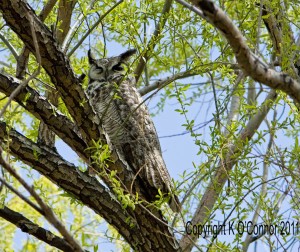
Every once in a while, Mother Nature smiles upon us. That is what has been happening to us this spring. In the trees near our house, there is a family of great horned owls (Bubo virginianus) raising two hatchlings right above our walking trail. It’s a treat to watch these typically nocturnal birds each day, as we hike by with our hound dog named Maggie. The male owl, in the above picture, guards over the nest from a nearby tree, and looks down on us with a cocked eye.
Further down the trail, the mother watches over two baby owls from a nest in a forked tree. You can only see one owlette, however, in this photo. According to the USDA Forestry Service, great horned owls are among the earliest nesting raptors, often using abandoned nests of red-tailed hawks. The female incubates the eggs for 25 to 30 days, and the hatching typically occurs around February. After about a month, the owlettes begin to edge out of the nests like this fluffy white one.
At about six weeks old, these owlettes should start taking flying lessons from their parents. By nine weeks, the hatchlings will make their first flight. But it requires around 12 weeks before these little raptors will be able to handle a sustained flight. Meanwhile, the little owls will be watched over by their parents closely until they learn to fly fully. With any luck, we’ll catch a flight lesson or two this spring.
Great horned owls can live to a ripe old age. I was fascinated to learn that the oldest one recovered in the wild was 13 years old. But owls in captivity have lived more than 20 years. One of the largest and most powerful raptors in North America, the great horned owl hunts everything from mice and rabbits to snakes, skunks and even porcupines. There are few things that scare one of these noble raptors. Just look at those teeth. Incidentally, those fluffs of feathers aren’t ears on the side of the owl’s head. The ears are actually smaller and less noticeable.
Speaking of porcupines (Erethizon dorsatum), I ran into one of these spiky rodents this weekend. Well, I should say, I saw a porcupine. You wouldn’t want to run into one of these strange-looking animals. Each one has 30,000 or more barbed quills that are extremely painful. But the quills lie flat when the porcupine is calm, and then pop up again when the animal is scared or threatened. Other than that, this critter is quite mild mannered. As you can see above, the porcupine was happily eating grasses as I snapped away, with only a few of those dangerous quills raised. Let’s hope it can stay safe from hunting owls for a while. Here’s more about porcupines from National Geographic.
As we approach another Earth Day, I can’t imagine anything more appropriate than catching a rare glimpse of baby owls and porcupines in the wild. What a blessing! May you encounter your own adventures with Mother Nature sometime soon…
And no matter how busy your schedule becomes, remember these words from John Muir, “In every walk with nature one receives far more than he seeks.”
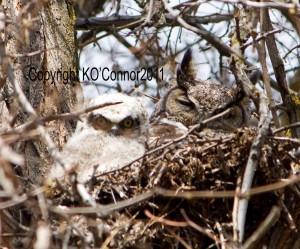
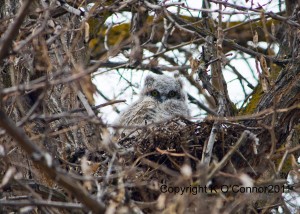
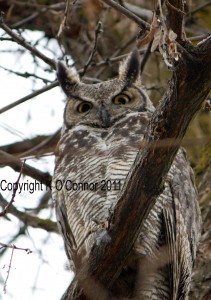
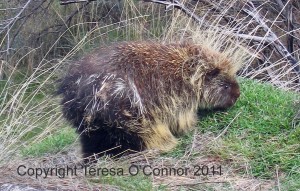











{ 2 comments }
Very cool Teresa!
Victoria, Thanks! We feel blessed to be surrounded by such cool animals. Now let’s just hope that owl keeps allowing us to walk by the nest …
Comments on this entry are closed.